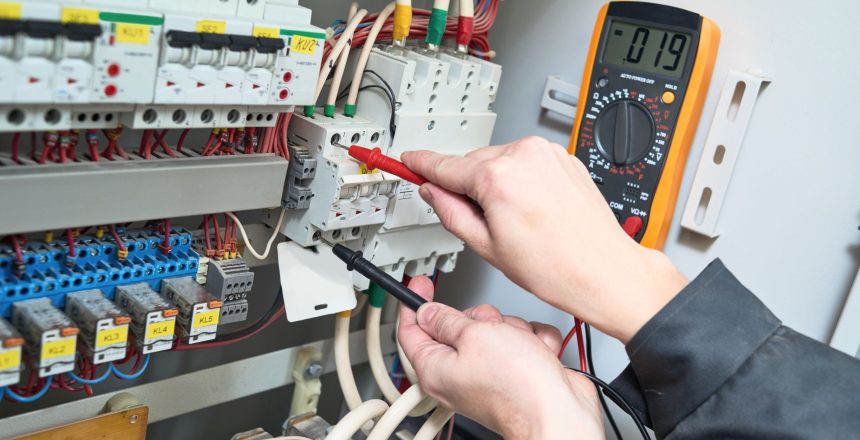Switching off the supply of electricity to allow for safe working is legally mandated, with work on or near to live electrical systems permitted in exceptional circumstances only. Electrical isolation consists of two clear stages: switching off the supply and proving dead. It is important you follow a safe isolation procedure.
Why do we need electrical isolation?
It is vital for safety. The consequences of failing to undertake electrical safe isolation can be dangerous and life-changing. Complacency and incompetence are often the underlying cause. HSE publication HSG85 Electricity at Work, Safe Working Practices is a good source of guidance on the requirements for working on systems made dead and for working on or near to live electrical systems.
Safe isolation procedure
Whilst the applications may differ, the 7 steps for safe isolation is similar for low voltage and for high voltage. The process goes as follows:
- identify suitable point(s) for isolation
- carry out the safe isolation process
- secure the point of isolation (place notices)
- prove dead
- apply safety earths
- place danger notices
- issue electrical permit to work
Identify suitable point(s) for electrical isolation
All works must be planned, the level of planning will depend on the type of work to be carried out and the system that it is to be carried out on. For works on a socket circuit in a domestic environment the planning may be quite informal- checking circuit designations, identifying the circuit breaker to be turned off and getting the children to save their game before they lose power, but on high energy circuits and for high voltage, planning will include reference to record drawings, development of an Isolation and Earthing Diagram and the creation of a safety programme (also known as a switching schedule).
There may be alternative sources of supply, such as interlinks or generator feeds, embedded generation will also need to be taken into account as will UPS supplies and impressed voltages. All of these will need to be taken into account. Neutral connections must be given special consideration- are they to remain connected, or are they to be disconnected as part of the isolation process?
Remember, permission must be given for the power to be isolated, and the work scheduled accordingly- however, refusal to give permission to isolate the supply does not mean that work on or near to live systems is authorised!
Remember, special consideration must be given to plant and equipment that is stationary on arrival, as it may be difficult to confirm that the correct point of isolation has been located. For example, a motor that is part of a process may be non-operational due to a fault, because it is isolated, or because the control system has not energised it at that point in time.
Carry out the safe isolation process
Carrying out the safe isolation process includes cutting off the supply and isolation. In most cases for low voltage, both requirements are completed by the same action, such as turning off an isolator or switching off an MCB, but on high energy circuit breakers and on high voltage systems, cutting off the supply and isolation are two distinct operations, and the system cannot be regarded as being safely disconnected until both have been completed.
For example, the ACB shown here, requires the ‘off’ button to be pressed to achieve the requirements for switching off the supply, and the circuit breaker to be racked out to the ‘isolate’ position to achieve the isolation requirements.




